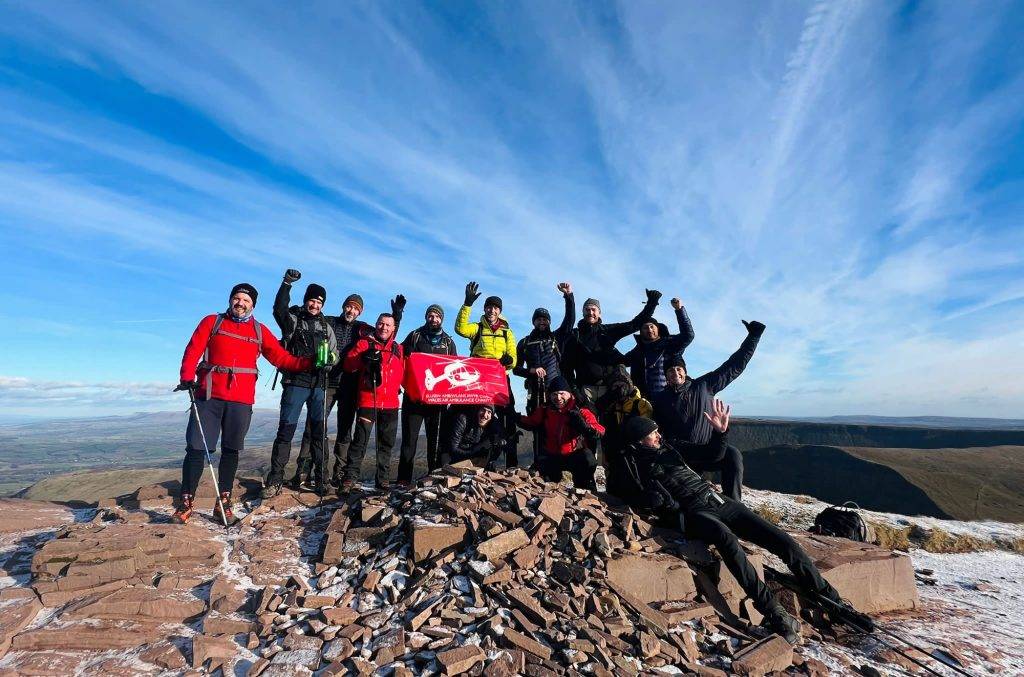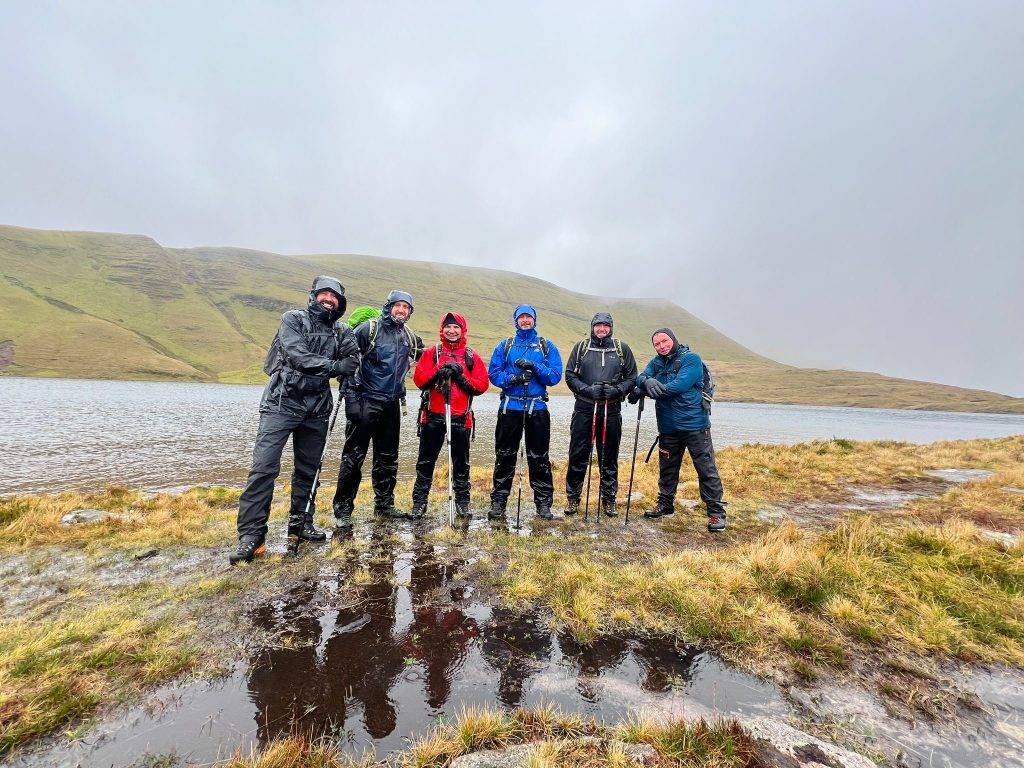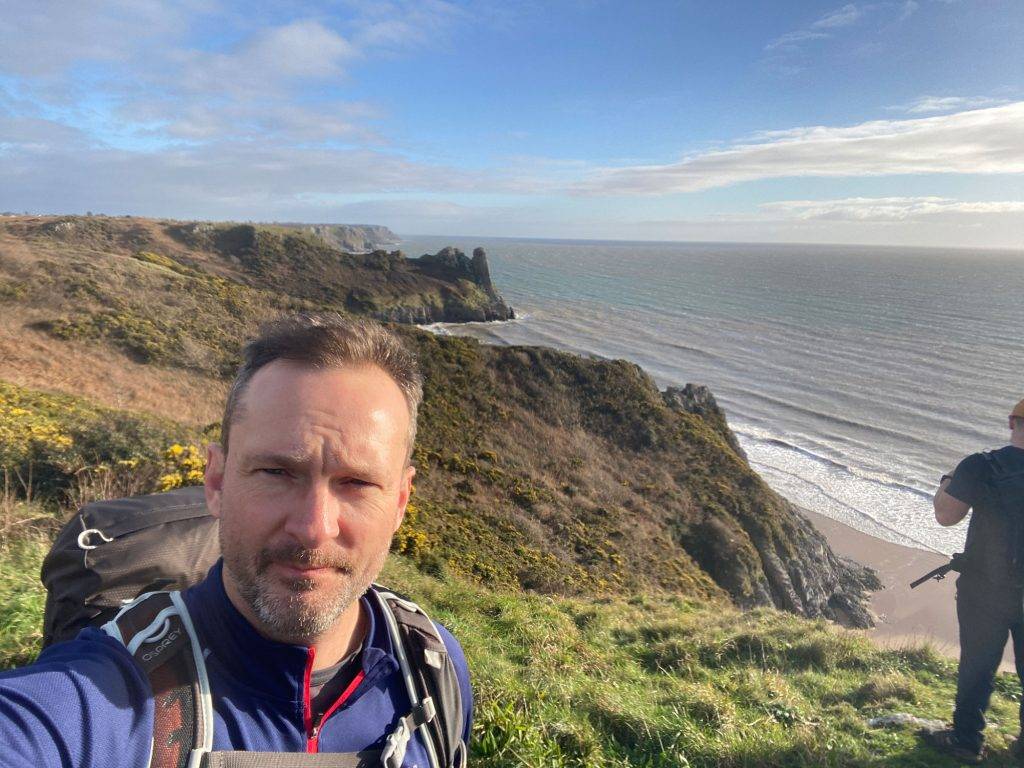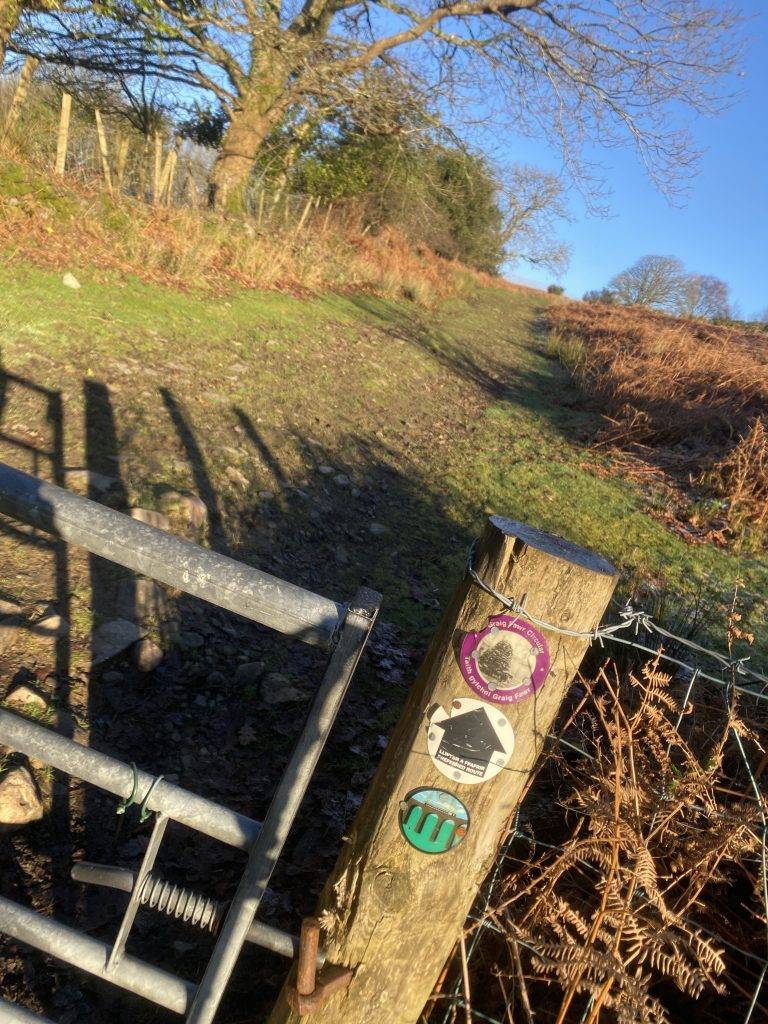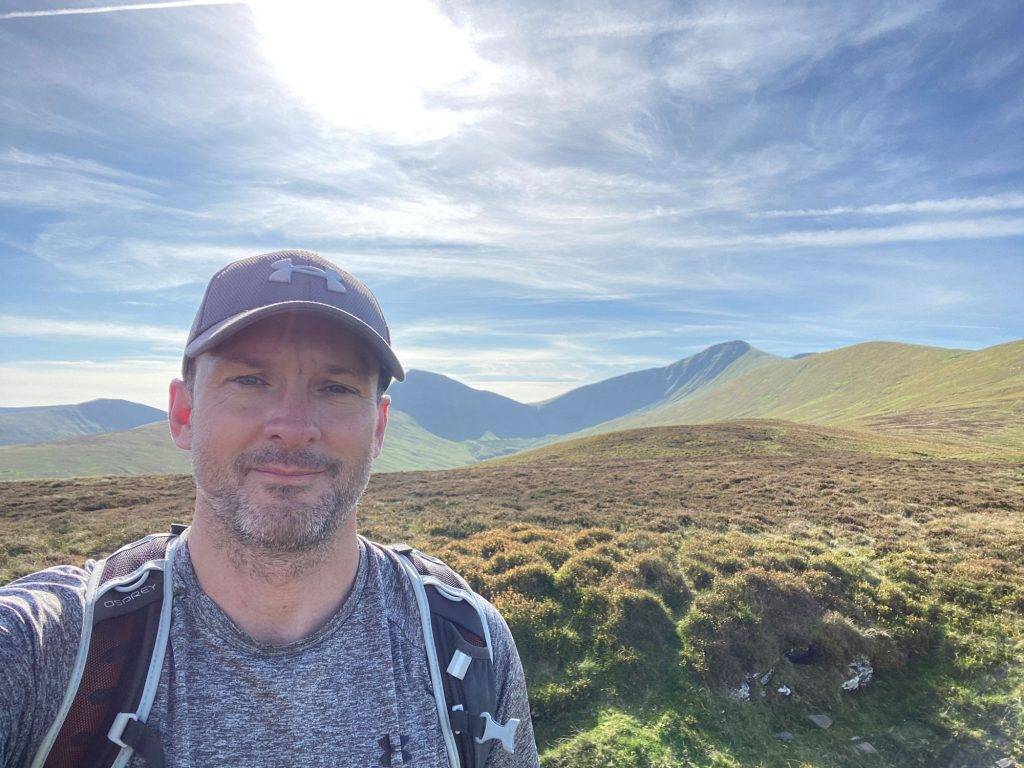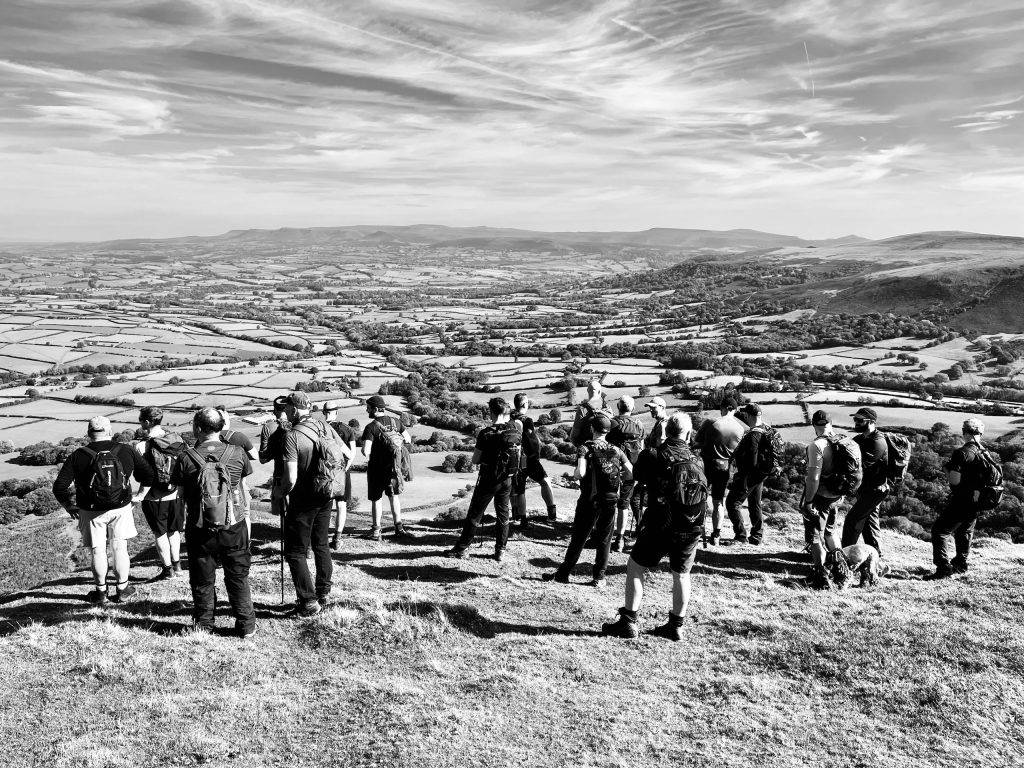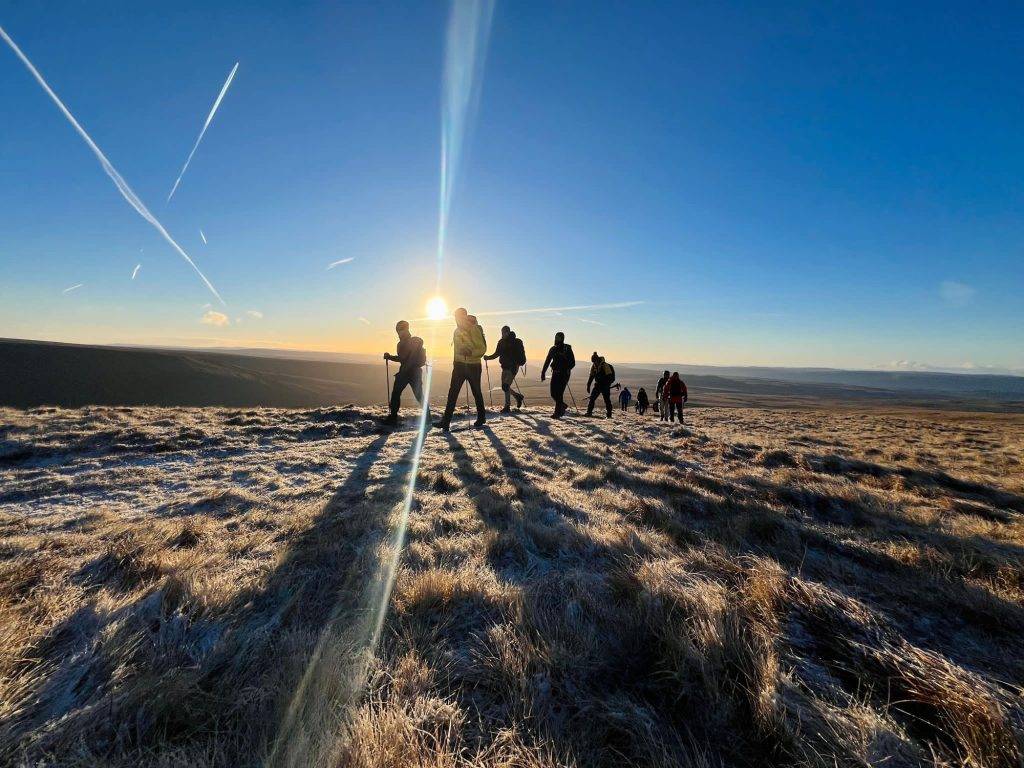Last year I was given an opportunity, via the Men & Mountains walking group of which I am a member, to become part of an expedition to the Atlas Mountains in Morocco. The aim was to ascend Mount Toubkal, the highest mountain in North Africa, with a company called Monkey Mountaineering. I knew that this trip would stretch me to my limits, but I was determined to go and I signed up immediately.
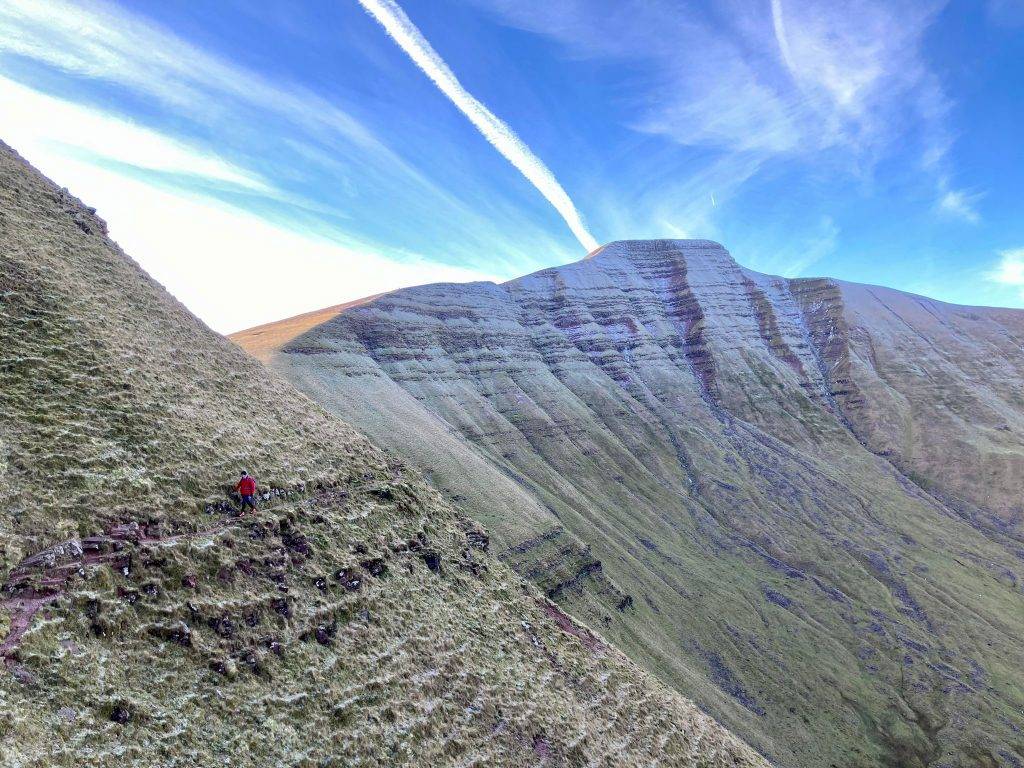
Mount Toubkal stands at 4167m above sea level and boasts some truly majestic scenery, with snow-capped summits, valleys and waterfalls. Amongst the climbing fraternity, climbing Mount Toubkal is considered to be moderately challenging, a multi-day trek where altitude can pose problems and the terrain is steep and rugged.
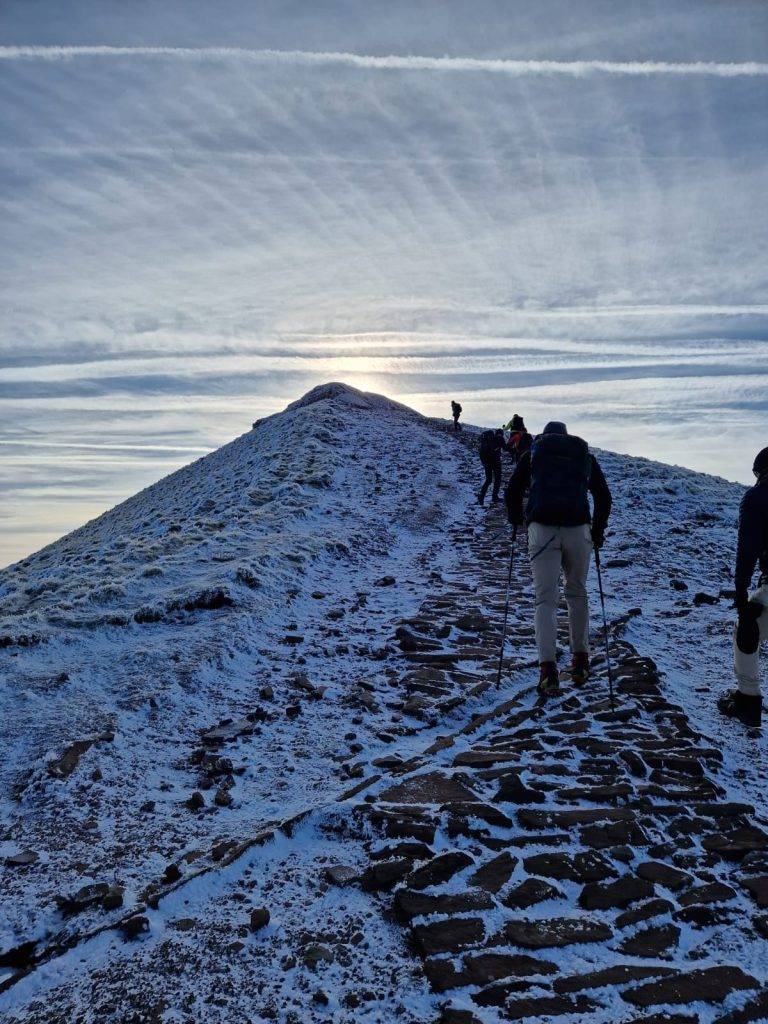
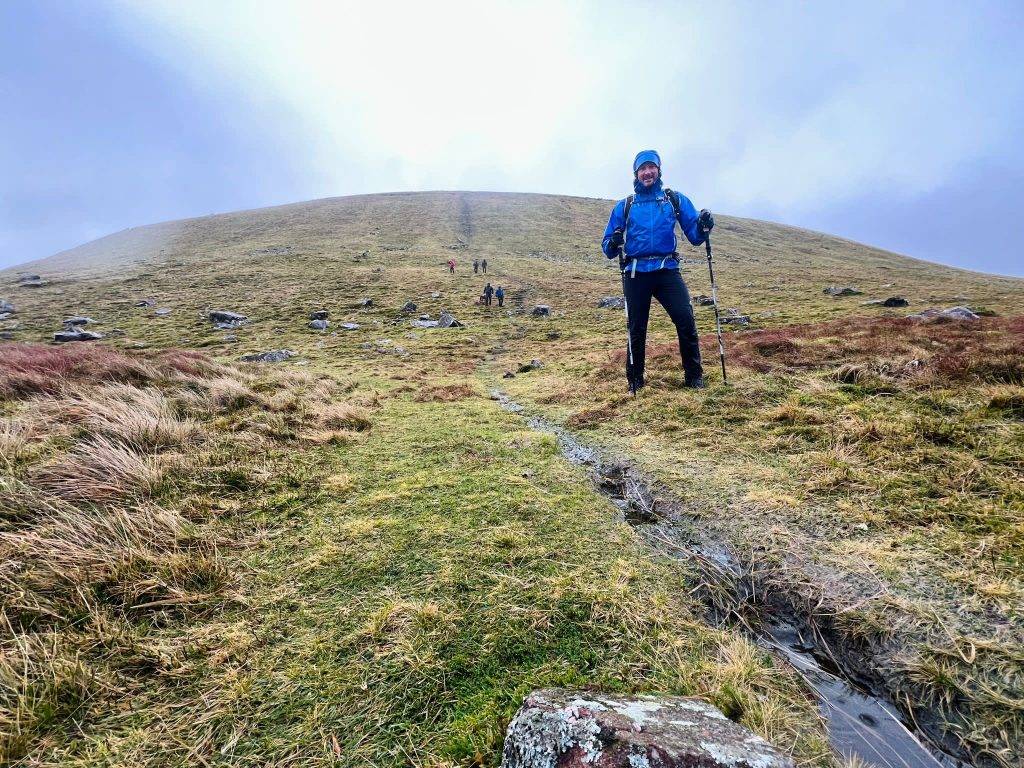
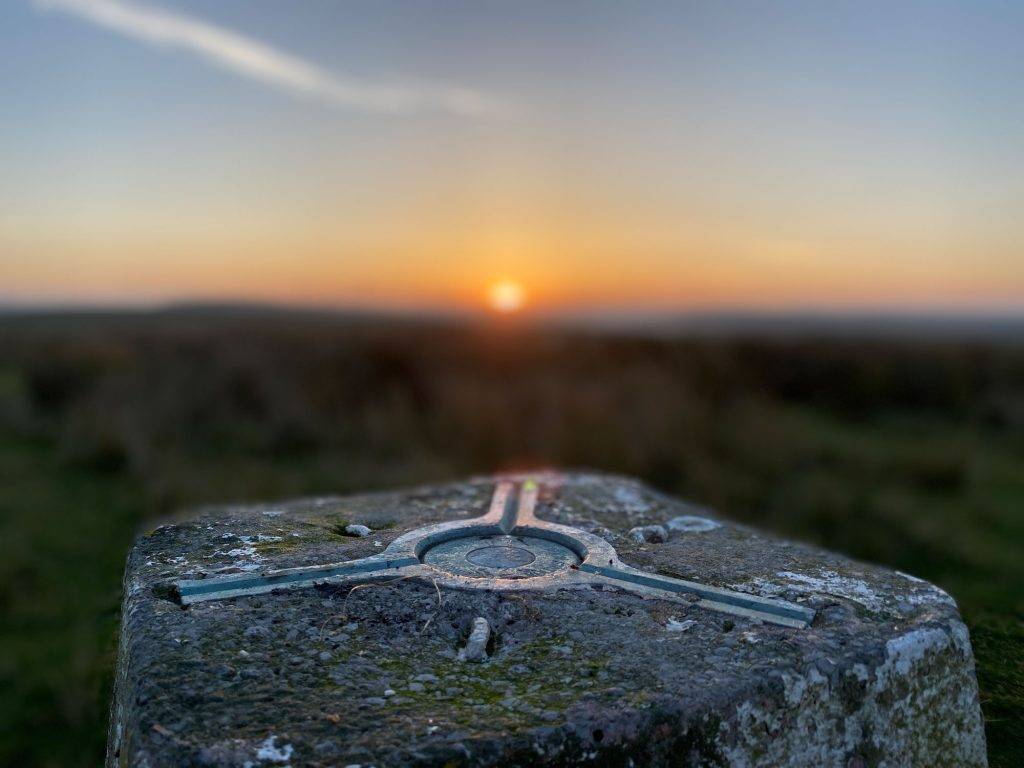
The itinerary showed our starting point would be the village of Imlil from where we would make our way up the valley to the Toubkal Refuge. We would then tackle the Ras and Timzguida peaks to ensure a good level of acclimatisation (to the altitude) and in the process get used to using an ice axe and crampons before ascending Toubkal. We would be climbing Toubkal in winter conditions which could mean extremely cold temperatures and heavy snowfall, making the trek significantly more challenging.
For mountaineering, preparation is everything. Ascending a mountain requires not only a higher level of fitness but also technical skills, experience with a variety of terrain and mental resilience. There’s a lot to do to get physically prepared and on top of that, you have to be equipped to manage your body at high altitudes. Training started about 16 weeks before our trip.
Considering the physical requirements of the climb, we would have to be marathon-fit as mountaineering is no short sprint, it’s more of an endurance event. As a regular hiker and runner, I was comfortable with my general fitness levels before training commenced, but I soon discovered that I had to take my strength and conditioning to the next level, working out several times a week to get ready.
Each of us who had signed up had to follow a training plan focusing on strength, conditioning and cardio workouts to increase strength endurance in major leg muscles and core muscles, improving our overall fitness level and getting us used to climbing with a heavy load. Then there were interval sessions to help us process more oxygen with each breath and finally balance and flexibility training. We were also encouraged to take part in practice hiking days to extend our training into real-world situations. For many of us, the training plan pushed us further physically than we’d ever gone before.
The interesting thing was that having a training plan and sticking to it was a great way to stay on track with achieving our goals when setbacks happened. We had to learn to not get disheartened, even when people dropped out of our party, which a small number did. Unfortunately, our expedition leader suffered a back injury a week before departure which cast a shadow over the expedition. We learned to rally around each other and develop the positive attitude that we would need on the mountain.
As our departure date got really close, our most important training goal was to get plenty of rest knowing that we would be challenged by the altitude after arrival. To allow us to acclimatise, the plan is to arrive early and spend time at higher altitudes on the Ras and Timzguida peaks and give our bodies time to undergo the physiological changes that altitude produces.
Thankfully, we won’t have to worry about navigation as guides will be waiting for us in Imlil at the start of our trek. Knowing this gave me peace of mind as the guides would be shouldering most of the responsibility for the safety and efficiency of the climb, leaving us to rely on their local knowledge to navigate the unknown terrain.
Not only did we have to prepare our bodies and our minds for the trip but as it drew nearer, the right kind of kit had to be purchased. Taking inappropriate kit would certainly mean discomfort, maybe frostbite or even death. Moisture-wicking and quick-drying underclothing, fleecy insulating layers, waterproof and windproof outer layers, hats, gloves, thermal socks, hiking boots and gaiters would all serve to give us the best chance of success. Then we had to fit ourselves out with the correct backpack, sleeping bag, poles, headlamp, water bottle, sunglasses, sunscreen, sun hat, first aid kit, toiletries, cash and, of course, snacks. Finally, those important items that would be so useful in emergencies and for recording the moment of triumph when we hit the summit: phones, cameras, chargers etc. Everything would have to be packed in waterproof plastic bags to keep it away from the snow and the rucksack would need to be fitted properly.
As I sit on the plane, headed towards Morocco, I can’t help but think that my preparation for this expedition has felt like the work of an interim project manager. The early phase of research, much like the initiate phase of a project, then the planning phase, without which we would have no hope of ascending the mountain successfully. Now, it is time for the execution phase and I’m looking forward to reaching the summit. There may well be hurdles to overcome as we ascend, but I don’t feel that we could be better prepared to face them. I’m almost looking forward to the close-out phase when I see myself coming back triumphant to tell my family all about my adventure. Guaranteed I’ll have a more interesting story to tell than your average interim project manager returning from a week at work, that’s for sure!
By the time you read this, I’ll be heading home again, back to beautiful Wales, and I’ll have a story to tell you about this project’s success in my next blog. In the meantime, please get in touch with our office if you need an interim project manager and our staff would be delighted to help.
